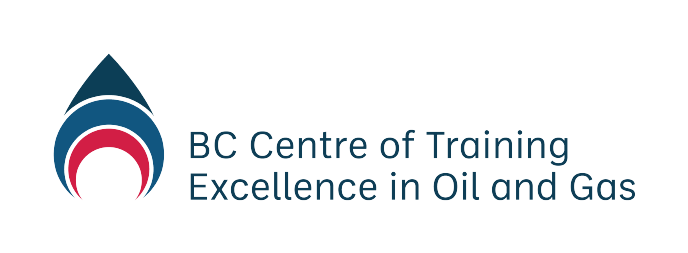-
Module 2.0 How to be Successful in this Course
-
Module 2.1 Introduction to Natural Gas
-
Module 2.2 The Natural Gas Industry in British Columbia
- Overview
- Learning Outcomes
- Natural Gas Science – The Simple Version
- Natural Gas Science – Chemistry
- Natural Gas Science – Physics
- Natural Gas Science – Units of Measurement
- Natural Gas Science – Geology
- Natural Gas Resources and Uses
- Oversight of the Natural Gas Industry
- Understanding Land Rights and Natural Gas
- Energy and the Future
-
Module 2.3 Upstream – Well Site Selection, Preparation and Drilling, Completion, Production, Water Recycling, and Reclamation
- Learning Outcomes
- The Upstream Sector – Extraction and Processing
- The Upstream Sector – Exploration and Site Selection
- The Upstream Sector – Preparation and Drilling
- The Upstream Sector – Completion
- The Upstream Sector – Production
- The Upstream Sector – Water Recycling
- The Upstream Sector – Reclamation
- Upstream Companies and Jobs in British Columbia – Companies
- Upstream Companies and Jobs in British Columbia – Industry Associations
- Upstream Companies and Jobs in British Columbia – Professional Associations
- New Vocabulary
-
Module 2.4 Midstream – Transportation, Processing, Refining
- Learning Outcomes
- The Midstream Sector
- The Midstream Sector – Processing Natural Gas
- The Midstream Sector – Liquefied Natural Gas
- The Midstream Sector – An Emerging Industry
- The Midstream Sector – Processing LNG
- The Midstream Sector – Proposed LNG Projects in British Columbia
- Transportation
- Midstream Companies and Jobs in British Columbia
-
Module 2.5 Downstream – Refining and Markets
-
Module 2.6 Health and Wellness in the Natural Gas Industry
-
Module 2.7 Safety
-
Module 2.8 Terminology and Communication
-
Module 2.9 Jobs and Careers
- Learning Outcomes
- Industry Outlook
- Technology is Changing Workforce and Skills
- Employment in the Natural Gas Industry
- Employment in the Natural Gas Industry – Types of Employment
- Employment in the Natural Gas Industry – Range of Jobs
- Employment in the Natural Gas Industry – High Demand Jobs and Occupations
- Occupational Education and Training
-
Module 3.0 How to be a Valued Employee
-
Module 3.1 Identifying Interests and Skills
-
Module 3.2 Looking for Employment in Natural Gas
-
Module 3.3 Applying for Employment in Natural Gas
Your Personal Employment Plan |
| Job Analysis Tools |
| Competency Checklist A checklist that shows how your skills, knowledge, and qualifications match to a specific career or job. |
| My Career and Job Choices A shortlist of careers or jobs that you are interested in. |
| Career and Job Summary Information about one career or job you want to pursue. |
| Job Posting Analyzer A tool to take important information from job postings and create job applications, cover letters and resumes that stand out. |
| Personalized Resources |
| List of Target Employers A list of target employers you have researched and prioritized as good candidates to work for and likely to have one or more of your target careers or jobs. |
| List of Contacts/Network Names and contact information for people in your network to contact to help you with your career or job search. |
| Resume A resume in a format preferred by natural gas employers that you have tailored to the career or job you are looking for. |
| Cover Letter A cover letter for your target career or job, in a style preferred by employers in the natural gas industry, ready to send to potential employers. |
| References A list of carefully chosen personal and business or work contacts who are willing to provide you with a reference for prospective employers. |
Suggested Reading
What Color is Your Parachute?
https://www.parachutebook.com/
Prev
Venn Diagrams
Next
Forms
